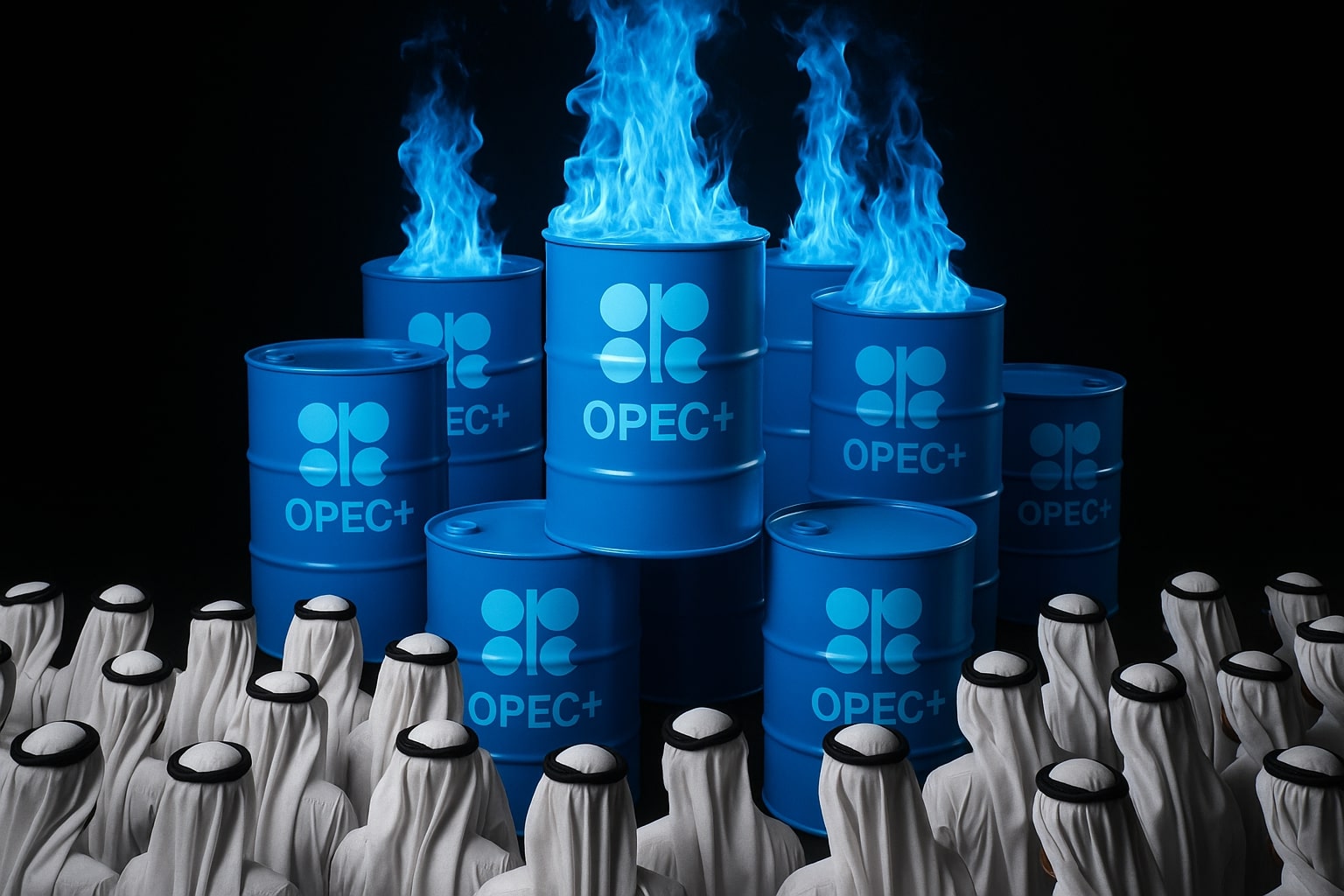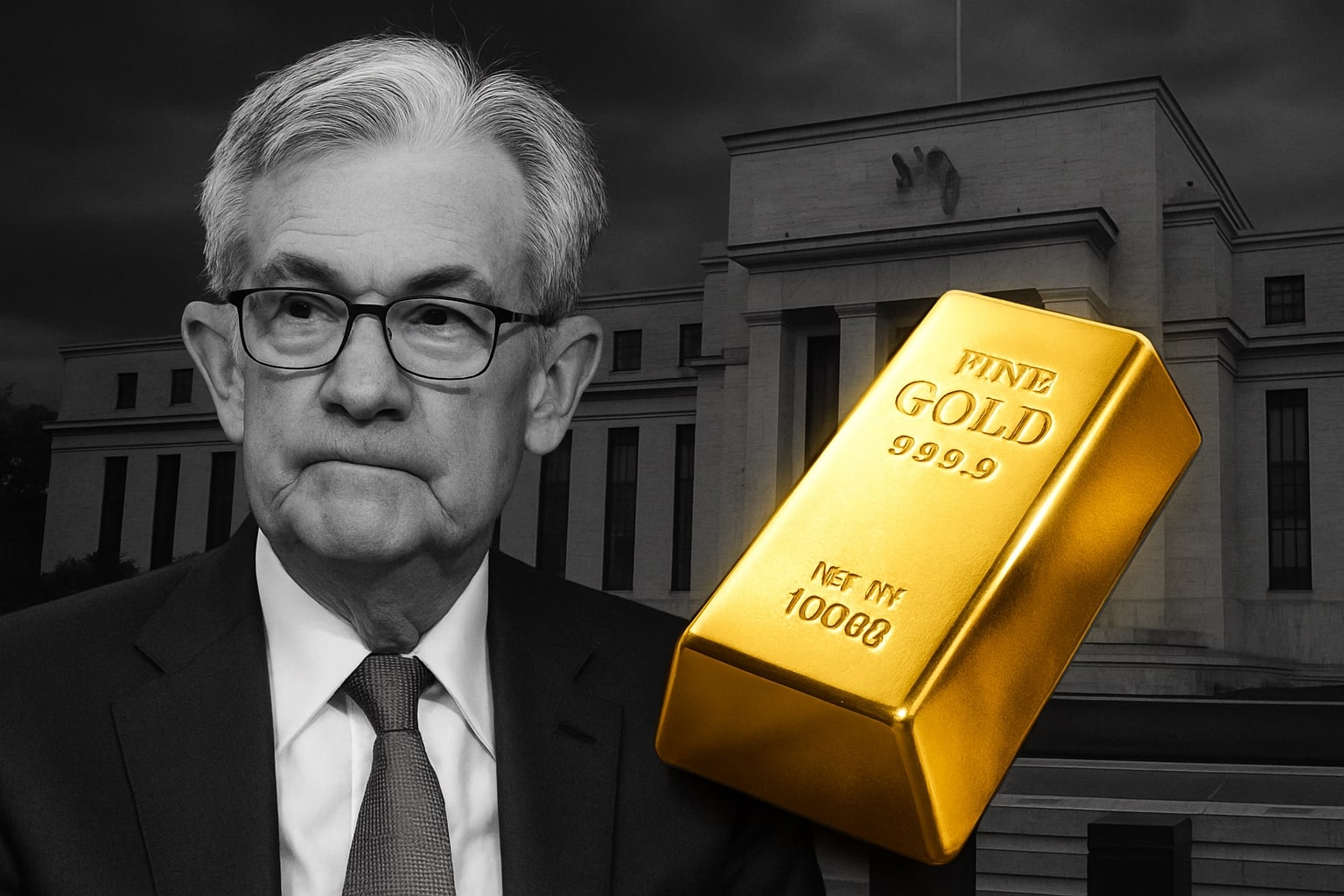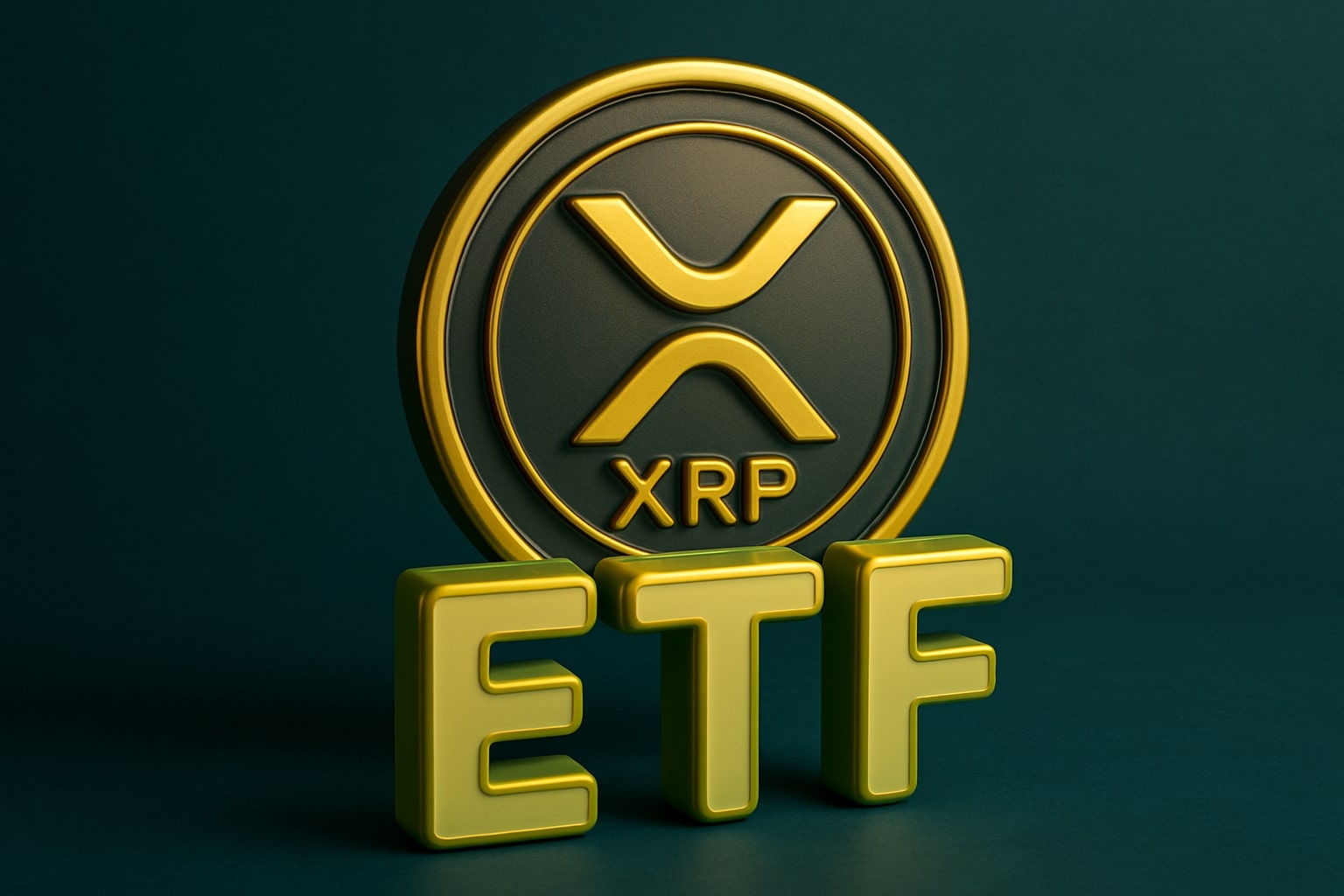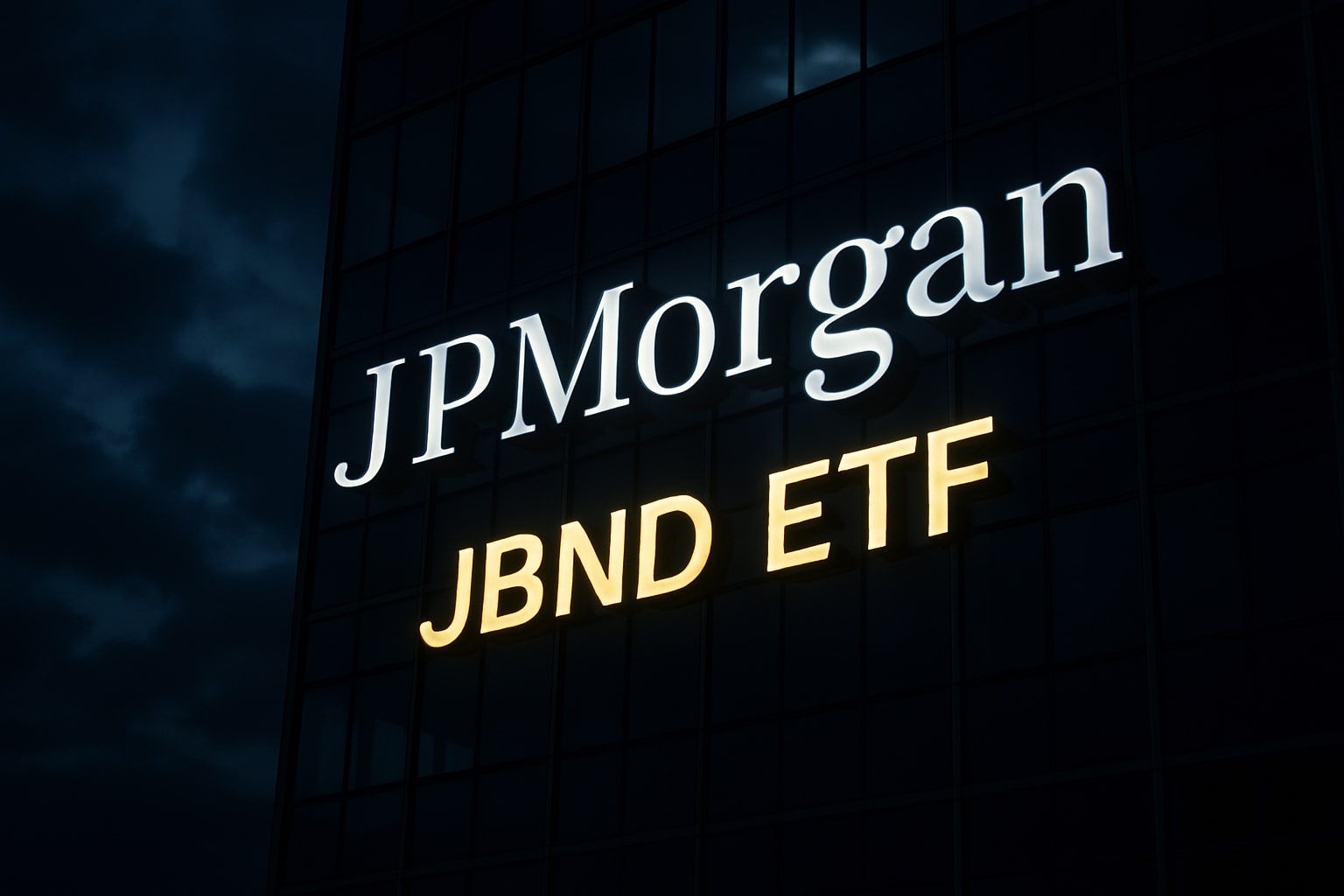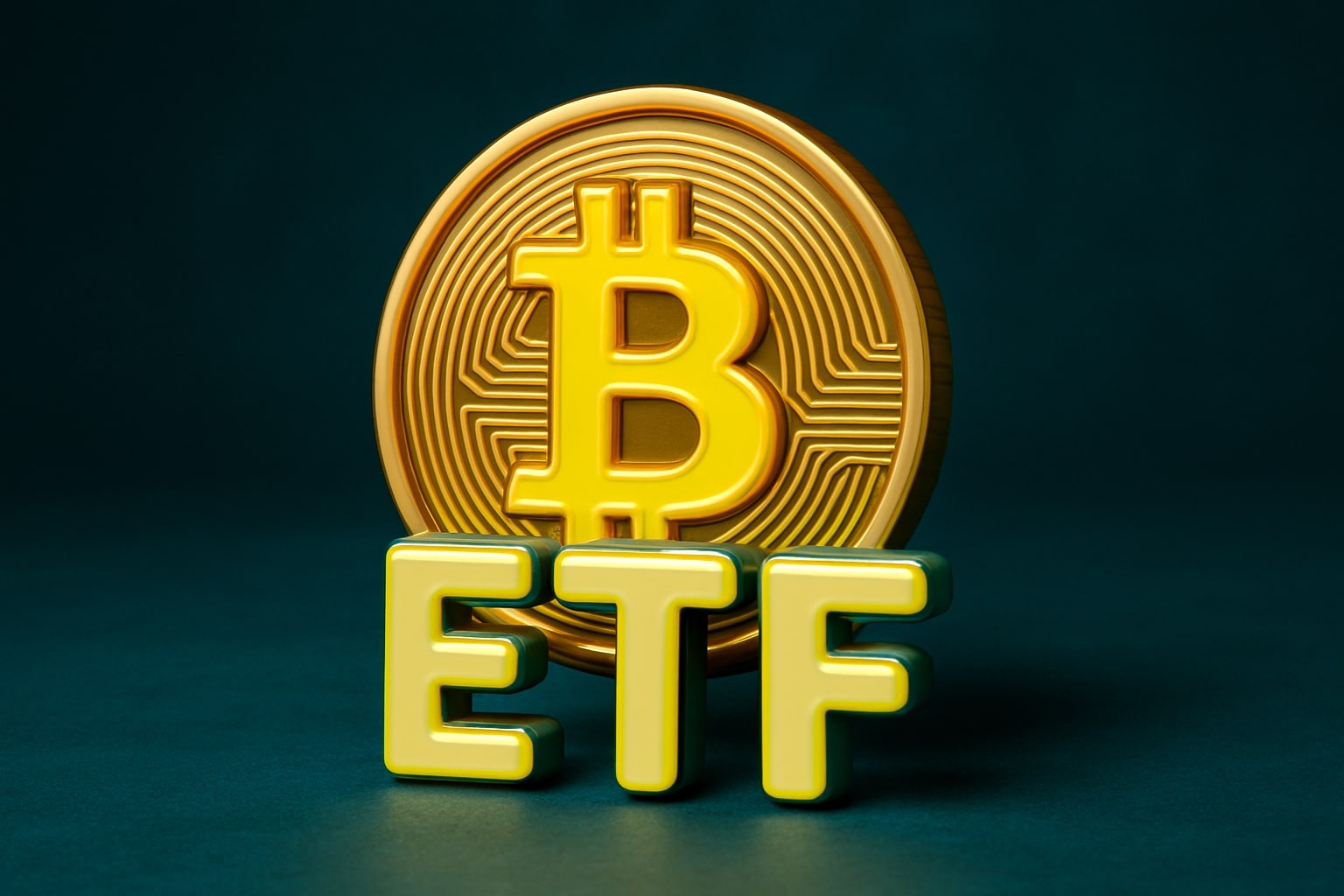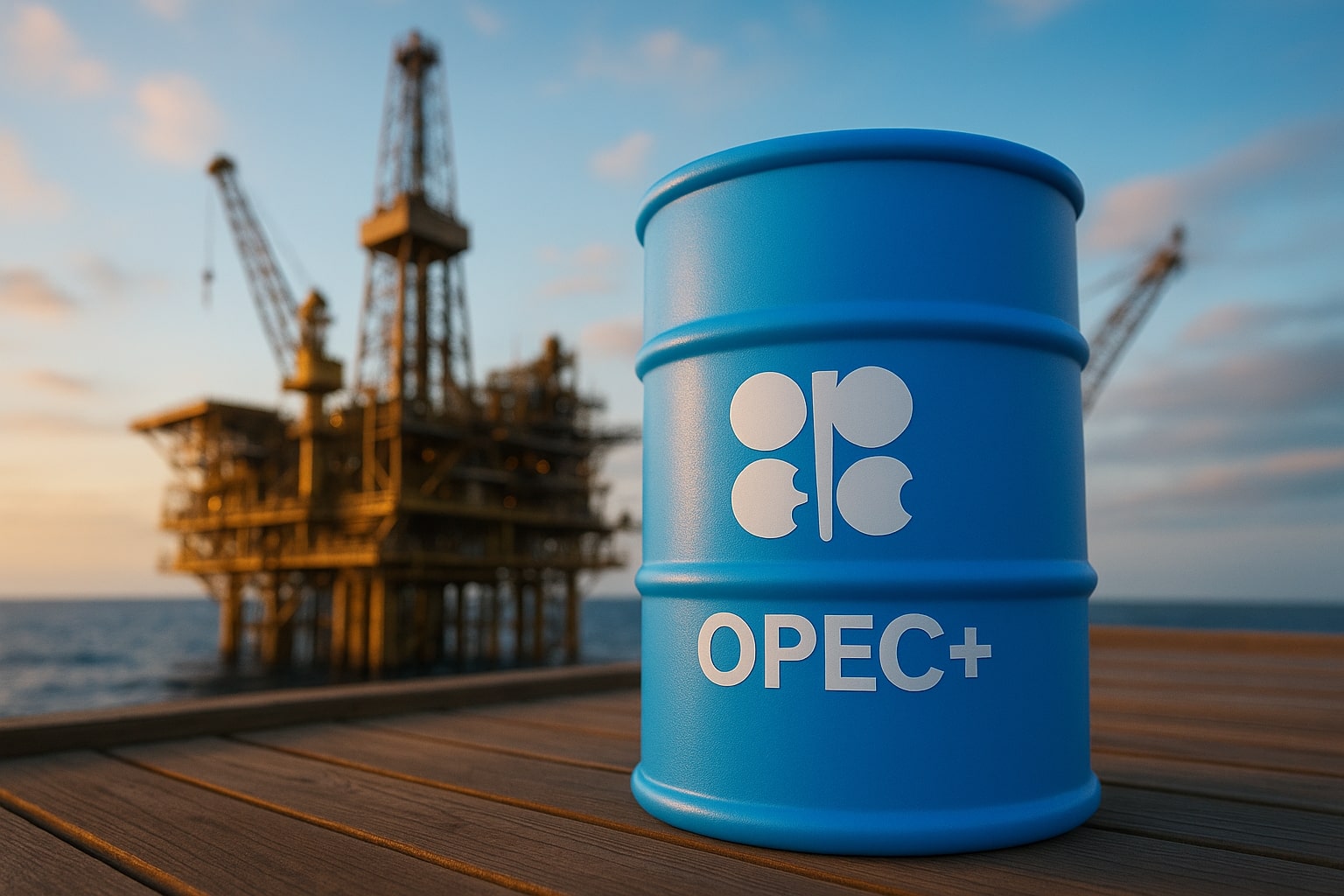
Oil Price (CL=F, BZ=F) Soars as U.S. Sanctions Russia’s Rosneft and Lukoil, WTI Hits $62
Global crude rallies after Trump targets Moscow’s top producers; OPEC signals readiness to offset shortages as China and India suspend Russian oil imports | That's TradingNEWS
WTI (CL=F) and Brent (BZ=F) Surge Over 5% as U.S. Sanctions Hit Russia’s Energy Giants
Oil prices exploded higher as the U.S. government imposed sweeping sanctions on Rosneft and Lukoil, Russia’s two largest oil producers, marking one of the most aggressive energy policy moves in years. WTI crude (CL=F) jumped more than 6% to $62.01, while Brent crude (BZ=F) surged 5.7% to $66.16, extending the rally that began in Asian trading and accelerated after confirmation of the sanctions. The coordinated effort between the U.S., European Union, and the U.K. to restrict Russian energy exports immediately reshaped global oil flows, sending traders scrambling to assess supply risks.
U.S. and EU Coordinated Sanctions Trigger Global Shockwaves
President Trump’s decision to sanction Rosneft and Lukoil was followed by an additional EU ban on Russian LNG imports and new penalties on subsidiaries operating in Asia and the Middle East. Assets belonging to both Russian firms were frozen, and American companies were prohibited from engaging in any form of business with them. Treasury Secretary Scott Bessent confirmed that the move aims to “cut the Kremlin’s war funding mechanism,” emphasizing the U.S. intent to target Russia’s remaining export levers. This represents the 19th sanctions package from Brussels, showing rare policy alignment between Washington and Europe after months of diplomatic tension.
China and India Shift Positions, Forcing Market Repricing
The sanctions’ impact spread instantly to Asia. Chinese oil majors PetroChina, Sinopec, and CNOOC suspended seaborne purchases of Russian crude linked to the sanctioned firms, according to trade sources. Reliance Industries, India’s largest private refiner and a leading buyer of discounted Russian crude, announced plans to slash Russian imports, signaling a dramatic shift in trade patterns that could remove as much as 1.5 million barrels per day from the global market. The reaction highlights the pressure facing Asian refiners that depend on dollar-based transactions; cutting ties with sanctioned suppliers may strain alternative sourcing and drive up regional benchmarks.
Technical Rebound Reinforced by Geopolitical Momentum
From a technical standpoint, WTI’s jump above $62.00 represents a full retracement of over half of the recent $66.40–$55.96 bear leg, indicating a clear short-term reversal. The momentum indicator crossed into positive territory for the first time in three weeks, confirming renewed buying strength. Key resistance levels emerge at $62.26, $62.42, and $63.32, with additional barriers around the daily Ichimoku cloud between $63.32 and $65.97. A decisive break above this zone could open the way to $68.00–$70.00, while failure to hold above $60.00 could trigger another corrective wave. The short-term trend has turned bullish but remains within a broader downtrend channel until the daily close confirms structural reversal.
OPEC’s Response and Global Supply Adjustments
The sudden price escalation prompted OPEC to signal readiness to offset shortages if Russian exports decline sharply. Kuwait’s oil minister confirmed that the cartel “stands prepared to recalibrate supply,” potentially rolling back earlier output cuts to stabilize prices. The OPEC basket price rose 2.13% to $63.36, while Murban crude spiked over 7% to $69.36, reflecting tightening sentiment across regional benchmarks. Market analysts warned that sustained sanctions enforcement could flip the global oil market from surplus to deficit within the next quarter, particularly if secondary sanctions discourage Asian refiners from continuing shadow trades.
Financial Markets React as Energy Stocks Rally and Russian Indices Collapse
Energy equities surged worldwide, with Shell and BP up nearly 3%, lifting the FTSE 100 to a record 9,594.82. Conversely, Russian markets plunged; the MOEX index dropped 3.6%, while the RTS declined by a similar margin. In the U.S., Valero and ExxonMobil gained over 4% as refining margins expanded on stronger crack spreads. U.S. diesel futures rose nearly 7%, their biggest gain since February 2024. The diesel crack spread, a key indicator of refining profitability, reached its highest level in eight months, underscoring tightening product supply.
Read More
-
JBND ETF Stabilizes Near $54.16 as Cooling Real Yields and Firm Credit Spreads Fuel a Stronger Outlook
13.11.2025 · TradingNEWS ArchiveStocks
-
XRPC ETF Roars Out of the Gate With $26M as XRPI at $13.51 and XRPR at $18.98 Lead a New XRP ETF Market Cycle
13.11.2025 · TradingNEWS ArchiveCrypto
-
Natural Gas Price Surges Toward Multi-Year Highs as $4.60 Breakout Collides With Winter Demand
13.11.2025 · TradingNEWS ArchiveCommodities
-
USD/JPY Price Forecast - Yen Surges Toward 155.00 as BoJ Uncertainty and U.S. Data Backlog Ignite a High-Risk Breakout
13.11.2025 · TradingNEWS ArchiveForex
Macroeconomic and Political Context Intensify Volatility
The sanctions were announced after the collapse of Trump’s planned Budapest summit with Putin, signaling rising geopolitical tension. The U.S. President stated that he “likes to remove sanctions quickly,” hinting the measures could be temporary if Moscow softens its stance in Ukraine. Nonetheless, global markets are preparing for extended disruptions. Russia, the world’s second-largest oil producer after the U.S., supplies around 7% of global crude demand, making any sustained restriction a structural bullish driver. In parallel, U.S. crude inventories unexpectedly fell, compounding the upward move as traders repositioned for tighter supply.
Regional and Currency Market Spillovers
The oil rally spilled into foreign exchange markets. The U.S. dollar strengthened to ¥152.59, while the euro dipped to $1.1595, reflecting renewed safe-haven flows. Gold (XAU/USD) rebounded above $4,100 per ounce, gaining over 1% as investors hedged against geopolitical risk. European equities gained modestly, but Frankfurt’s DAX fell 0.3% on higher energy cost concerns. Meanwhile, Asian indices showed mixed performance: Nikkei 225 closed 1.4% lower, while Hang Seng gained 0.7%, driven by speculation that Chinese refiners might boost Middle Eastern crude imports to replace Russian barrels.
Market Outlook: Volatility Ahead, but Trend Turns Bullish for WTI (CL=F) and Brent (BZ=F)
With sanctions cutting into Russian exports, refinery shifts underway in Asia, and OPEC signaling flexibility, the near-term landscape favors higher prices. Brent’s structural resistance sits near $67–$68, while WTI eyes $63–$64 before confronting heavier supply resistance. The confluence of reduced Russian supply, coordinated Western policy, and falling U.S. stockpiles positions oil for continued strength through the end of October. Traders anticipate wider volatility bands, yet the balance of risks now leans upward. Based on the data and technical confirmation, WTI (CL=F) and Brent (BZ=F) remain a Buy, with upside targets extending toward $70–$72 if the current momentum sustains and global compliance with sanctions holds through November.















